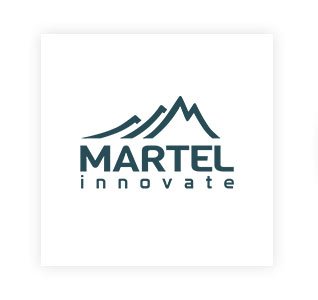European vision in Cloud-Edge-IoT: Key Insights into the future of the Computing Continuum

In an era of rapid digital evolution, Europe is setting the stage for a transformational shift in the realm of Computing Continuum. The aim is clear: achieving technological autonomy and securing a pivotal role in the cloud-edge-IoT domain. To achieve this, Europe needs to harness the potential of innovative technologies, drive research, and foster business opportunities while keeping sustainability at the core of operations.
This is the main conclusion of the report “European Vision in Cloud-Edge-IoT 25-27” which summarises the discussions from the “Concertation and Consultation Meeting on Computing Continuum” meeting, held in Brussels on 10-11 May 2023. The event was orchestrated by Martel within the Open Continuum project, with the support of Unlock CEI, under the strategic direction of the European Commission.
The report, produced by Dr Amjad Yousef Majid, a senior researcher at Martel, is a comprehensive document that delves into the intricate world of the Computing Continuum, addressing the challenges and opportunities it presents. It is structured around five main topics that are essential for advancing the European cloud-edge-IoT domain and achieving technological autonomy.
- EU Computing Continuum Infrastructure. This section focuses on the development of new hardware, specifically the adoption of RISC-V, an open-source Instruction Set Architecture. This is positioned as a crucial step towards ensuring European sovereignty in the cloud-edge-IoT
- Cognitive Cloud-Edge Continuum: This section discussed and identified key challenges for the cloud-to-edge continuum imposed by the new emerging trends like the Virtual Worlds.
- Next Generation MetaOS for IoT-Edge: This part identified challenges about the merging of the physical and virtual worlds.
- Cybersecurity, Privacy, Interoperability, Open Source and Software Engineering: The final section discusses the challenges of secure SecDevOps for complex systems, using AI for all phases of the Software Development Life Cycle (SDLC) and Service Operation Life Cycle (SOLC).
In each section, the report addresses challenges, potential solutions, and key opportunities, laying out a roadmap for the future of the Computing Continuum in Europe.
The report underscores the critical importance of developing new hardware architectures, adopting sustainable energy policies, and fostering cloud-edge connectivity. It also sheds light on the rise of the Industrial Metaverse and IoT-edge systems, along with the paramount importance of cybersecurity and privacy in these ecosystems. The convergence of AI with these technologies is repeatedly emphasised as a pivotal aspect in driving innovation and achieving optimisation in the computing continuum.
However, it is also made clear that the journey towards this innovative future brings with it a multitude of research challenges. These range from ensuring interoperability and data security to aligning AI models and optimising resources across the continuum. The report underlines the need for groundbreaking research and collaboration across various stakeholders to surmount these challenges.
The emphasis on open-source solutions and the federation of cloud ecosystems shines a light on the collective effort required to progress in this field. The need for a more secure, efficient, and interconnected Computing Continuum presents a unique opportunity for researchers, industry leaders, and policymakers to join forces and contribute to technological evolution.
In conclusion, the report underlines that the future of the Computing Continuum in Europe is not just about technological advancement. It’s also about embracing a strategic approach that prioritises collaboration, sustainability, and security, paving the way for a future where technology serves as an enabler of societal well-being and economic growth.
 Horizon Europe
Horizon Europe


